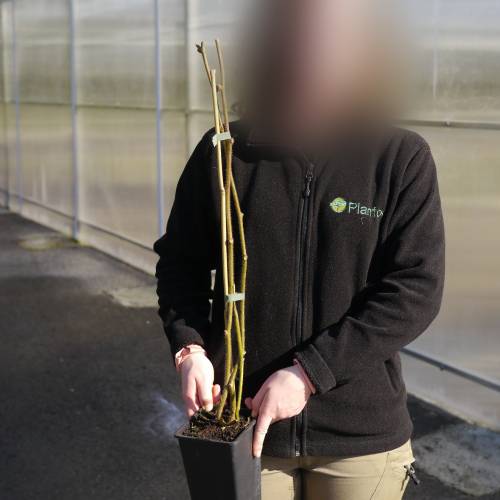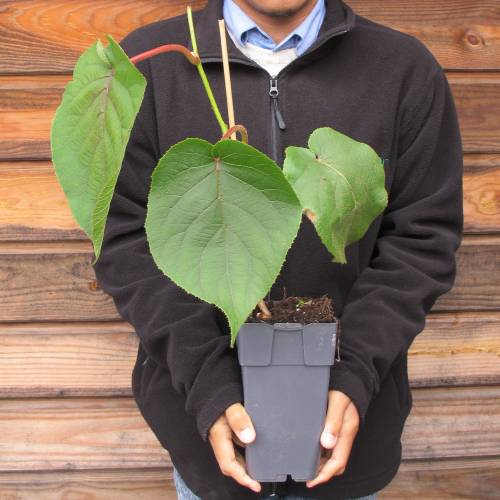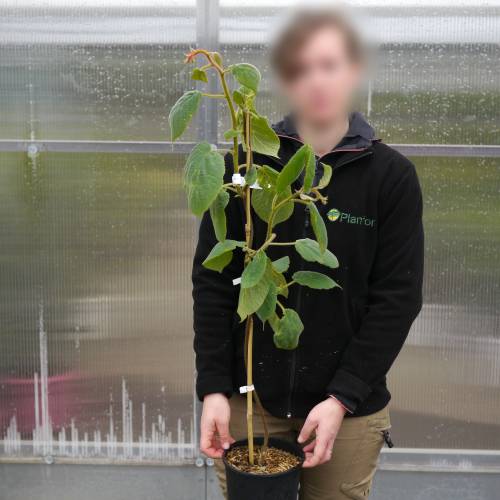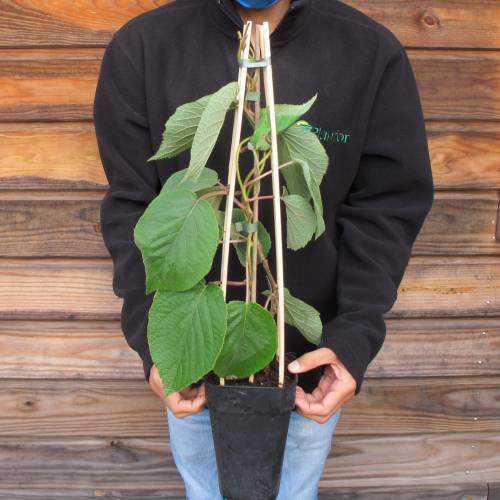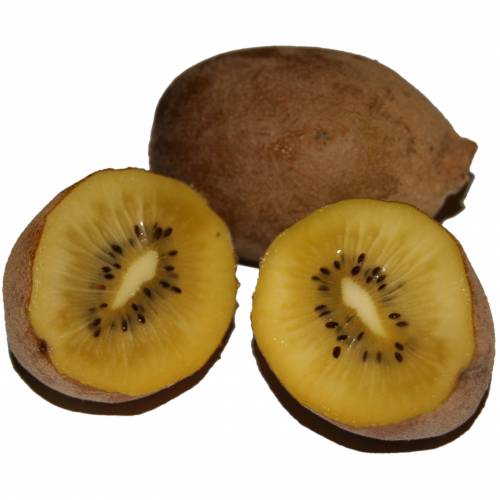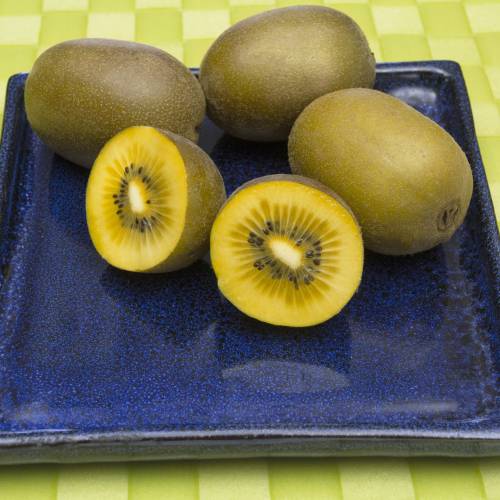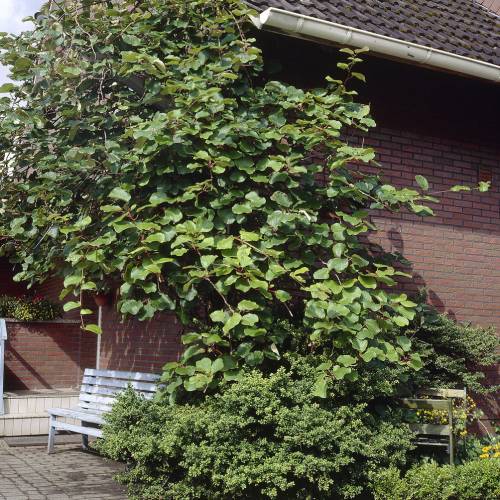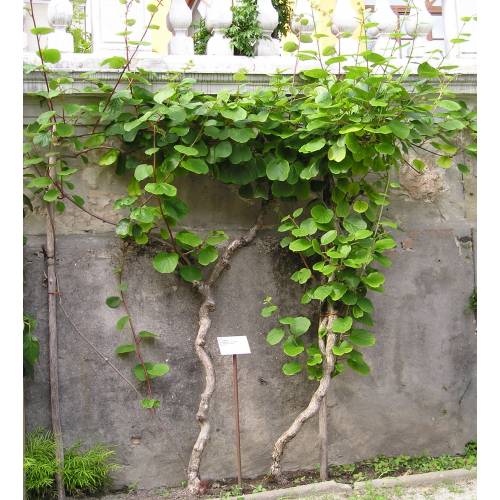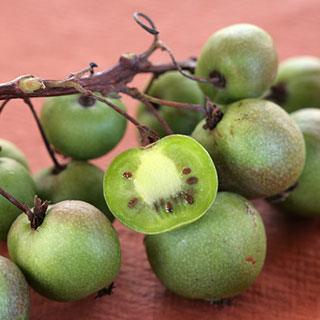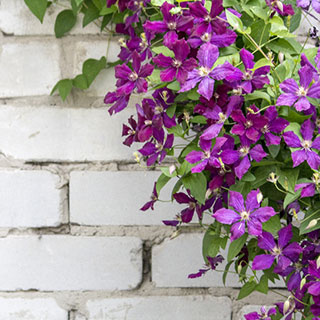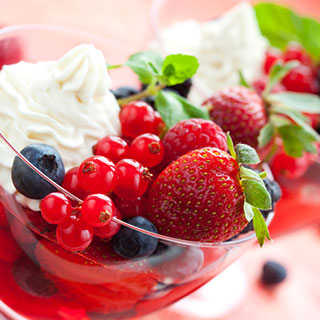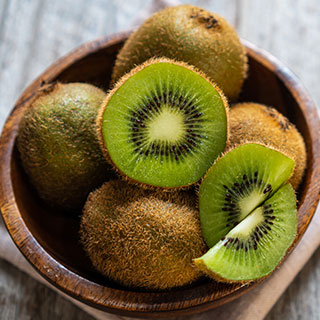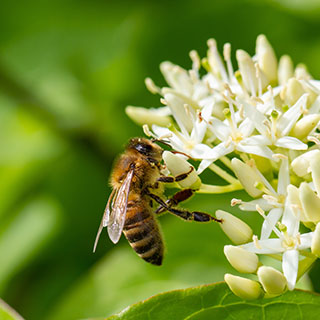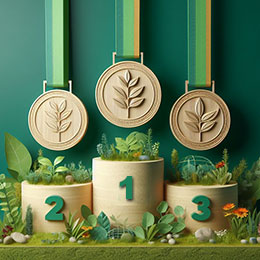
Plants
Kiwi with yellow pulp / Actinidia deliciosa
-
20.28 € Kiwi 'Tomuri' - Male Required: 1 Male for 7 Females
7799U - Available
-
20.28 € Kiwi 'Belen' - Male Required: 1 Male for 7 Females
7799R - Available
-
17.63 € Kiwi with yellow pulp 'Golden Kiwi' Female
7799J - Available
-
16.59 € Kiwi with yellow pulp 'Golden Kiwi' Female
7799K - Available
-
16.12 € Kiwi 'Atlas' - Male Required: 1 Male for 7 Females
7799M - Available
-
15.55 € Kiwi with yellow pulp 'Golden Kiwi' Female
7799L - Available
-
14.51 € Kiwi with yellow pulp 'Golden Kiwi' Female
7799LB - Available
-
8.45 € Kiwi with yellow Pulp 'Minkimale' - Male Required: 1 Male for 7 Females 'Minkigold'
7799T - Available
-
7.95 € Kiwi with yellow pulp 'Minkigold' Female
7799S - Available
-
7.45 € Kiwi with yellow pulp 'Minkigold' Female
7799S1 - Available
-
6.45 € Kiwi with yellow pulp 'Minkigold' Female
7799S2 - Available
-
5.95 € Kiwi with yellow pulp 'Minkigold' Female
7799S3 - Available
-
5.45 € Kiwi with yellow pulp 'Minkigold' Female
7799S4 - Available
-
0.40 € FERTILISER
7799A - Available
-
Geographical origin: New Zealand
Adult dimensions: Height up to 5 m, width up to 3m.
Foliage: Deciduous.
Type of soil: Moist and well-drained, not too acidic, not too chalky.
Hardiness: Hardy to -12°C, resistant to diseases.
Site: Partial-shade to full sun.
Properties and uses:
The pulp of this kiwi has a colour different from that of the famous green kiwi, but it has the same amount of vitamins C, is sweeter and less acid. The fruits are between 5 and 8 cm long, they are a clear bronze colour, and the pulp is yellow. They are ripe around November.
For perfect pollination and better yield, we recommend planting one male Kiwi for every 7 feet of female Kiwi.
The kiwi is a vigorous climbing plant which can be used in the garden, but needs a sufficiently strong structure to support new shoots and fruits, because it doesn't cling to the surface.
In order to be protected from cold winds, this plant can be trained as an espalier against a south-facing wall. Pruning should be done in winter, in February or March. Prune as you would do for a vine, that is to say two or three eyes above the last fruit.
Plant them now: the shortest way to your plate is through your garden!
Several varieties exist:
- 'Kiwi Gold': Kiwi with yellow flesh (female), very productive variety, sweet. Must be associated with the male kiwi 'Atlas'.
- 'Golden Kiwi': Kiwi with yellow flesh (female), very productive variety, large fruits. Must be associated with the male kiwi 'Atlas'.
- 'Minkigold': Yellow-fleshed kiwi (female), very productive variety, golden and sweet fruits. Must be paired with the male kiwi 'Minkimale'.

